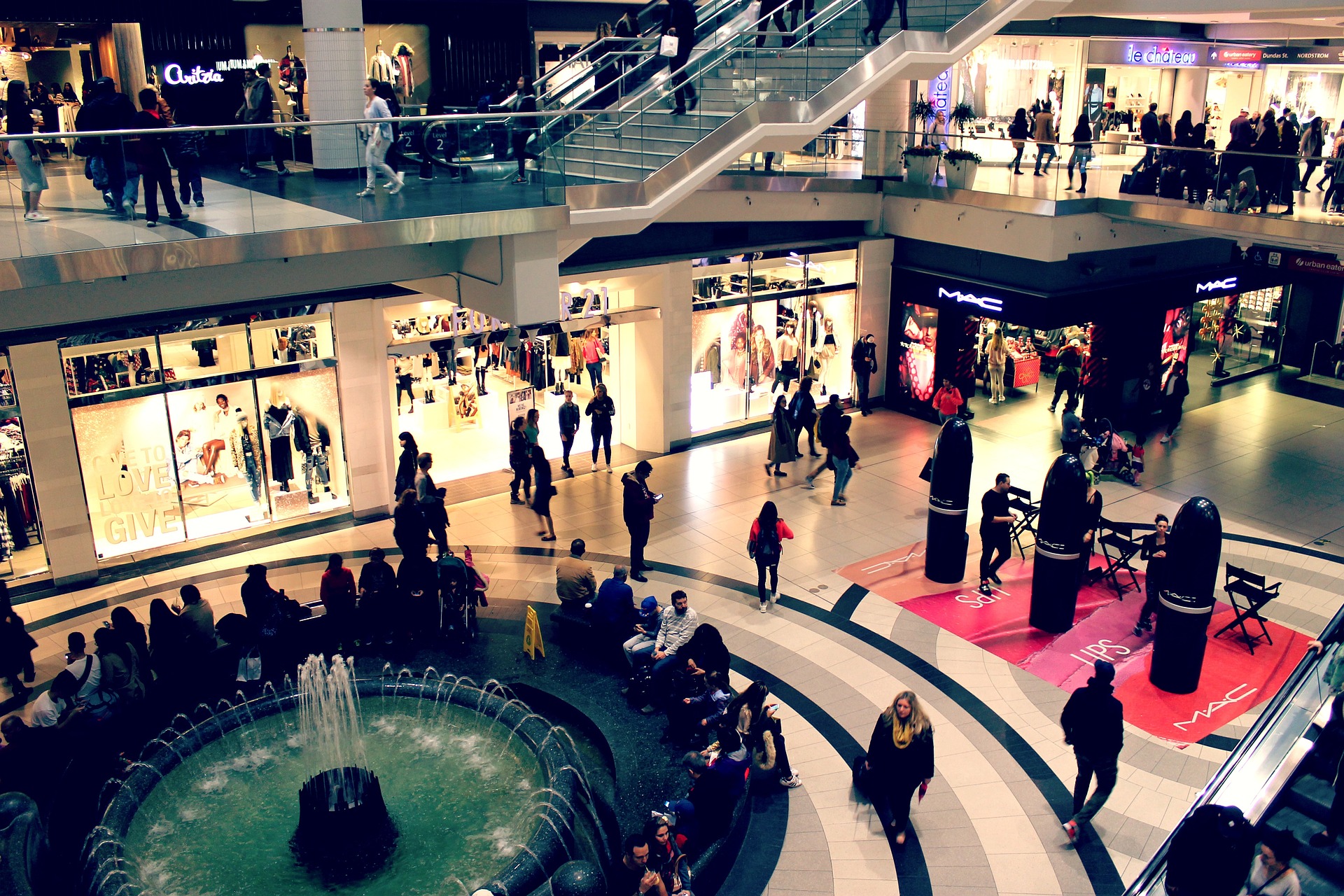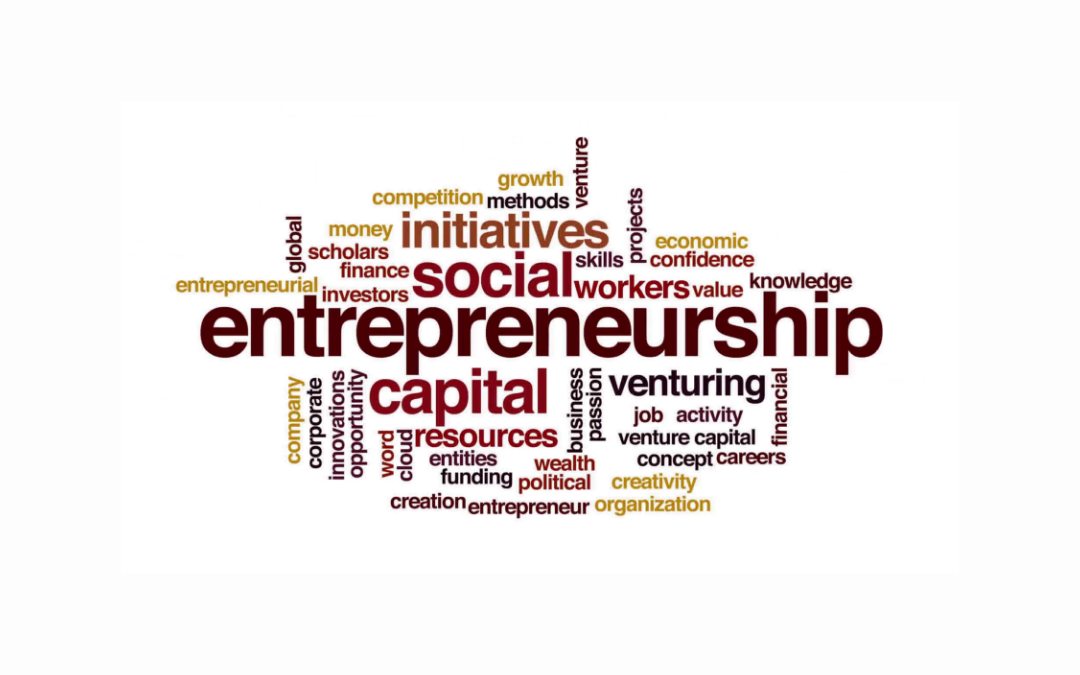Product Life Cycle: The 4 Stages & What They Mean

Each product created by entrepreneurs has a life of its own, from the time it enters the market to the time where it is replaced by something new and better. This is called the product life cycle or PLC.
The PLC is generally broken down into four phases and has important implications for startup founders when it comes to defining their product strategy. Decisions such as pricing, marketing, branding, and discounts are all dependent on the stage at which the product is currently in.
Before understanding the four stages in this process, it is crucial to set the right expectations. Firstly, while most products go through these four stages, not all do. It is possible that some products skip a stage or even die before they go any further.
Secondly, it is difficult to demarcate when a stage ends and the next one starts, although some clues will give you a fair indication. Thirdly, each product has a different life cycle, and the length of stages will differ.
Let’s now dive into the four phases of the product life cycle and understand what they mean for startups.
Introduction
The product life cycle starts with the introduction of the product in the market after it has gone through all its development stages. It is generally assumed that at this stage, the demand and awareness around the product will be low and extra effort will be required to generate sales.
The ever increasing and intense competition has made this stage all the more critical. Instead of getting off the ground, many companies simply fail to interest consumers and meet their end here itself. Unless you have a big name in the market already, the challenges you face in the introduction stage will be hard to overcome.
The main strategies that come into play here include introductory pricing, product trials, high marketing investment and brand awareness campaigns. While in this stage, you should see some demand coming through and sales materialising into initial revenue. While resources are burnt quite quickly at this time, try to be frugal in your marketing and advertising efforts so that you can prepare yourself for scaling going forward.
Growth
Once you see that your product has gained acceptance in the market and you get leads organically, you enter your growth phase. This is when you put your foot on the accelerator to drive more sales and take a larger chunk of the market share.
This is also the time where your competitors start taking you seriously and consider you a threat. Therefore, marketing efforts shift from being about brand awareness to defining product capabilities and edging out the competition.
Many companies even start adding features or introducing different variants of the product to appeal to more sections of the market. You may end up in a strong position and charge higher prices from your customers and dictate terms in the market.
If you hit record sales, are able to get people to choose you and are inching towards profitability, you are very likely to be in your growth phase and moving towards the next one.
Maturity
You hit maturity in the PLC when most of the people in your target group have either used or are using your product, which means that you are now in a market that is largely saturated. The competition and price war becomes all the more intense because you are fighting for shelf space and holding on to your key differentiators.
In order to keep customers involved, new engagement tactics such as enhanced post-sales support and special discounts are brought in, and prices are lowered. Brands generally try to stay as relevant as possible and be in direct touch with their customers.
At the stage of maturity, sales become slow or come to a standstill. Still, profitability is achieved, usually arising out of economies of scale and lowered costs of manufacturing and distribution.
Depending on the type of product, this phase can either stay for a long time or go by quickly. For example, a big brand such as Coca Cola has long been in its maturity phase with consistent sales.
Decline
While no entrepreneur wants to see his or her product go out of the market, sometimes the competition and technology emerge as winners and the sales start declining. Although people still recognise your brand and product, their preferences shift, and they tend to try out the new things in the market.
Companies generally try to focus their efforts on their loyal customers who are likely to purchase from them and keep the cash coming. For a shot at revival, heavy investment needs to be done in terms of branding, strategising and the value proposition to be able to appeal again to the masses. Some companies try to pivot or even add features to attract fringe market customers.
Costs need to be taken care of because revenue is hard to generate, and the market share is continually declining. Declining sales, prices and margins mostly characterise this stage till the time the product is eventually taken off the market.
Bottomline
The product life cycle provides an excellent overview of the different stages a product goes through over time. For any new entrant in the market, the key lies in knowing these stages and what they mean for the customers, competitors and the startup itself.
It is necessary to know when the change in focus needs to come so that the product can survive for a longer time in the market. The PLC also puts into perspective the general strategy that needs to be adopted by startups. Because it is hard to predict these stages and their respective lengths, products need to be diversified and introduced at different time intervals to keep the company afloat.






